As fall turns to winter, it becomes more important to have a cozy home to retreat to on cold days. However, it may become challenging to preserve a respectable home within one’s budget, given the rising cost of power. Thankfully, there are many options available to reduce heating costs. Here we’ll go through five tried-and-true Read more
insulation

As fall turns to winter, it becomes more important to have a cozy home to retreat to on cold days. However, it may become challenging to preserve a respectable home within one’s budget, given the rising cost of power. Thankfully, there are many options available to reduce heating costs. Here we’ll go through five tried-and-true methods for accomplishing this objective.
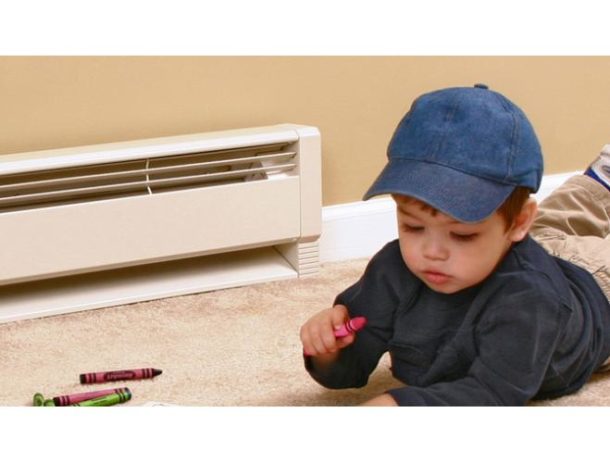
Invest in Proper Insulation
Investing in proper insulation is one of the best methods to save money on heating your home. Lack of proper insulation can cause heat to escape, increasing the workload of your heating system. The insulation in your home’s walls, ceiling, and floors should be checked first. Invest in better insulating materials if the current ones are inadequate or damaged. Additionally, ensure that all cracks and openings in windows and doors are sealed. The long-term savings on heating costs from this initial expenditure can be substantial.
Schedule Regular Maintenance
Keeping up with routine maintenance on your heating system is essential to keeping it running smoothly and efficiently. System efficiency decreases with neglect, which in turn increases energy consumption and costs. Get a professional to tune up your furnace to keep it in tip-top shape. They are able to check and clean parts, change filters, and find any problems. Preventing malfunctions and maximizing efficiency can save you a lot of money throughout the life of your system if you maintain it regularly.
Upgrade to Energy-Efficient Heating Systems
An upgrade could be in order if your current heating system is somewhat old. The energy costs associated with heating your home can be greatly reduced by installing a state-of-the-art heating system. You should think about upgrading to a modern, more energy-efficient heating system. Heat pumps and radiant heating are two alternative heating methods worth looking into because of their low energy use. Despite a greater purchase price, this option will prove to be cost-effective over time.
Implement a Programmable Thermostat
You may have greater precision over the temperature in your home by using a programmable thermostat. When you’re not there or asleep, you may set the thermostat to a cooler setting, and when you need it, you can turn it up. When the weather is mild, it’s unnecessary to have the heat on, therefore this helps save electricity. Smart thermostats can optimize energy use by learning your habits and adjusting themselves accordingly. By turning down the heat when it’s not needed, the savings from using a programmable thermostat can be substantial.
Practice Energy-Efficient Habits
A significant reduction in your heating costs may also result from simple lifestyle adjustments. Keeping doors and windows closed when the heat is on, using curtains or blinds to trap heat, and dressing in layers to be warm indoors are all easy ways to reduce your heating needs. Leave the oven door open after you’re done cooking to allow the leftover heat to warm the room. You can save a lot of money in the long run by making these minor adjustments.
Endnote
It is not only conceivable, but also practical, to reduce the cost of heating your home. You can keep your house toasty and warm without breaking the bank if you put money into good insulation, upgrade to energy-efficient heating systems, use a programmable thermostat, adopt energy-efficient practices, and schedule routine maintenance. Your heating costs will go down and your home will be more eco-friendly and sustainable as a result of taking these measures.
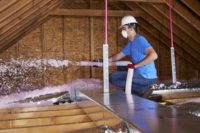
Ductwork Learnings on HVAC and Aging in Place The term “aging in place” refers to homeowners’ ability to stay in their home as they age. But what’s good for a homeowner, may not be good for a home’s ductwork system. As homes built during the housing boom of the late 1990s and early 2000s age Read more
Ductwork Learnings on HVAC and Aging in Place
The term “aging in place” refers to homeowners’ ability to stay in their home as they age. But what’s good for a homeowner, may not be good for a home’s ductwork system. As homes built during the housing boom of the late 1990s and early 2000s age, many of these homes’ ductwork systems – particularly in areas such as the deep south – are beginning to show their age.
While HVAC contractors understand the benefits of replacing aging, less efficient HVAC equipment, what about the unseen parts of the comfort system? Even the highest performing, most energy efficient system will not deliver optimal performance if the invisible network of ducts that distribute air to every room in a home are damaged, leaky, or poorly connected.
Aging ductwork is a key concern in many housing markets that experienced robust growth during the housing boom – Southern Florida, Phoenix and Las Vegas, for example. Ductwork in many of these warm region homes is located in the unconditioned attic space, where it is out of sight and not subject to routine maintenance.
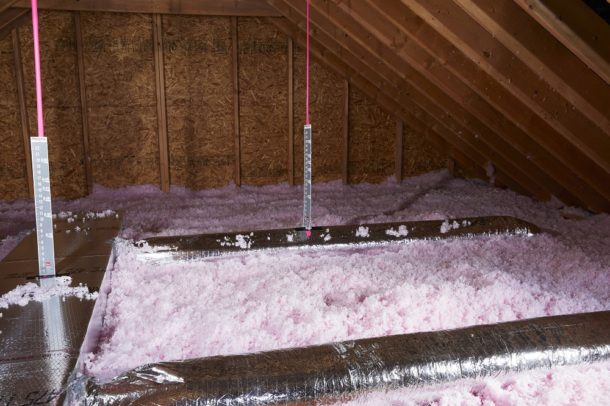
The integrity of a home’s ductwork in unconditioned spaces can have a big impact on comfort, energy, and efficiency. Offering duct inspections and retrofits can help contractors optimize their customers’ comfort while generating an additional source of revenue for the business.
Owens Corning recently piloted a duct retrofit service with five HVAC contractors in Florida. The objective was to understand homeowners’ interest in ductwork -and evaluate conditions in aging homes. The HVAC ductwork inspection evaluated key ductwork areas, with a focus on helping stop the spread of airborne pollutants and unwanted noise while improving home comfort and efficiency:
Ductwork inspections reviewed:
- Duct insulation integrity
- Interior duct condition
- Exterior duct condition
- Sealing around duct joints
- Evaluation of output efficiency
Contractors in the pilot found that a home’s ductwork is an overlooked opportunity to add comfort and support homeowners in creating comfortable environments. Few homeowners are aware of the role their home’s ductwork plays in facilitating comfort, air flow and the spread of airborne pollutants. Contractors also found that speaking with customers about their home’s ductwork, conducting a duct inspection, determining if the duct is sized properly, and explaining the benefits of a duct retrofit helped generate new business opportunities.
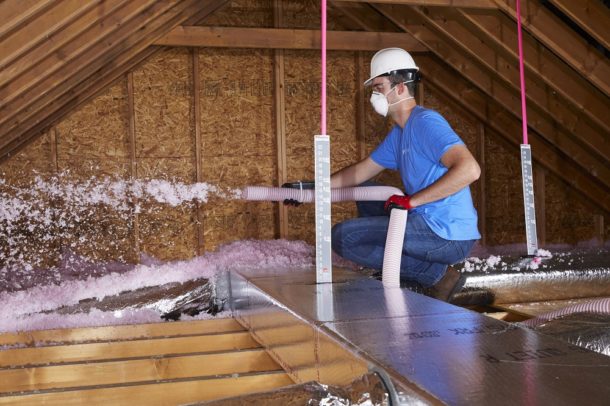
Pilot participants found that a good place to start the conversation with homeowners is by reviewing a checklist of signs suggesting duct problems. These signs may include:
- Musty smell
- Excessive dust
- Mold/mildew or visible “dirt” around vents
- Condensation on (or near) AC unit cooling coils
- Frequent cycling
- Hot or cold spots
- Visible ductwork damage
While many homeowners take great pride in having the most energy efficient cooling equipment, they will not enjoy the benefits of their investment if their ducts are leaking. In fact, the typical house loses up to 30% of the air in ducts due to leaks and holes in ductwork. Today’s HVAC equipment is more energy efficient than ever, standing up to today’s vigorous code environment and weather that seems to keep getting warmer. But as American homes age and energy codes are stricter, the ductwork distributing air is not keeping pace.
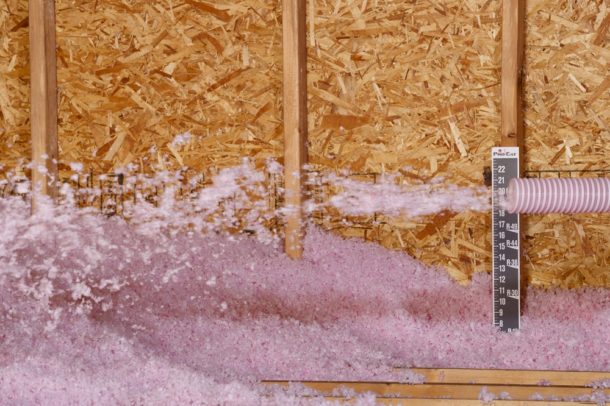
To learn more about Owens Corning’s air distribution services and how duct retrofit can support your business and the homeowners you serve, contact Duct Retrofit Program Business Development Leader Dave Pawlicki at dave.pawlicki@owenscorning.com
